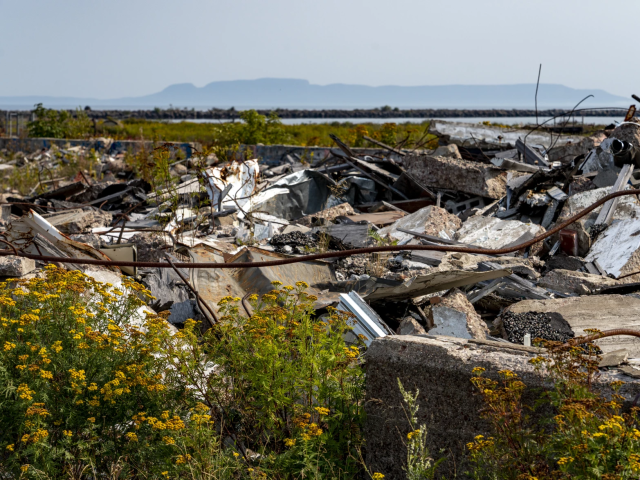Restoring the Lake: Thunder Bay’s Environmental Turnaround

Thunder Bay, a city on the northwestern shore of Lake Superior, has undergone a dramatic transformation from one of the most polluted industrial zones on the Great Lakes to a model of environmental restoration. For decades, the city’s waterfront was dominated by mills that dumped toxic waste directly into the lake. Pollution was contained only by breakwalls, which often failed, allowing contaminants like creosote and mercury to seep into the ecosystem and devastate wildlife. This extensive degradation led to Thunder Bay being designated in 1987 as one of 43 “Areas of Concern” under the Canada-U.S. Great Lakes Water Quality Agreement.
The road to recovery began when a coalition of governments, Indigenous communities, conservationists, and residents developed a Remedial Action Plan aimed at reversing the environmental damage. More than $165 million has since been invested in cleanup efforts. These included removing toxic waste, restoring natural habitats, rehabilitating wetlands, and modernizing wastewater infrastructure. Areas like Fisherman’s Park, once a wasteland of industrial refuse, are now thriving with wildflowers, birds, and fish, and have become symbols of rebirth and resilience.
This environmental turnaround has also spurred cultural and economic revitalization. New infrastructure such as boardwalks, pedestrian bridges, and cruise ship docks have reconnected residents and visitors with the waterfront, supporting a burgeoning “blue economy” focused on clean water and sustainable tourism. City officials have adopted a mindset that prioritizes environmental health in tandem with economic development, signaling a major shift from the city’s industrial past.
Despite these gains, challenges remain. The most heavily contaminated area, known as North Harbour, still contains massive amounts of mercury-laden pulp sludge. Cleanup efforts there are expected to cost over $130 million and will involve carefully removing and isolating the toxic material. Only two of the original 14 environmental impairments remain: restoring habitat for fish and wildlife, and eliminating mercury contamination in North Harbour. Successfully addressing these would allow Thunder Bay to finally shed its “Area of Concern” status.
Overall, Thunder Bay’s journey from industrial pollution to environmental leadership underscores the power of sustained collaboration, community involvement, and science-based planning. It is a testament to how even the most damaged ecosystems can be revived — if there is the will, the funding, and the long-term vision to see it through.
Read the full article on Michigan Public.
Photo credit: David Jackson / The Narwhal
